What is schema therapy?
Schema therapy is an integrative form of psychotherapy developed by Jeffrey Young. The therapy focuses on persistent patterns in thinking, feeling, and behaving, often caused by unfulfilled basic emotional needs in childhood. Schema therapy is based on three pillars:
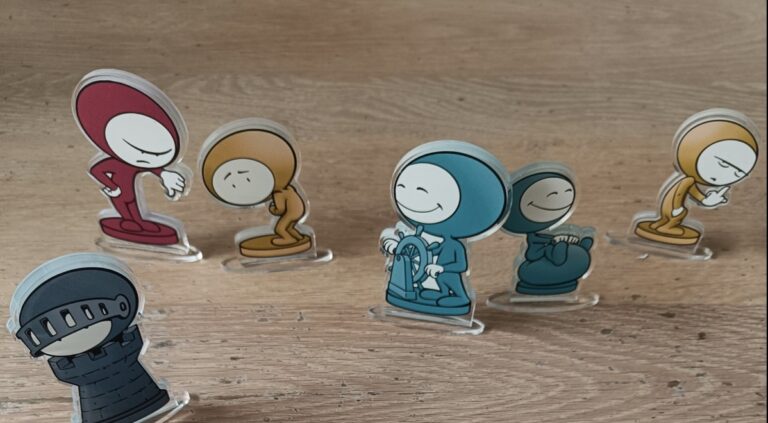
1. The language of modes, schemas, and basic needs
Schema therapy works with the idea that every person has fundamental emotional needs. If these are not sufficiently met in childhood, negative beliefs (schemas) can develop, such as “I am not important” or “others cannot be trusted.”
When such schemas are activated, moods arise—called modes—that determine behavior and feelings in that moment.
There are four types of modes:
• Child modes: Emotional pain from the past comes to the surface.
• Coping modes: Survival strategies to avoid feeling pain (such as avoidance or pleasing others).
• Critical modes: Internal critical voices that arise from negative childhood experiences.
• Healthy Adult: The side that provides self-care, sets boundaries, and makes healthy choices.
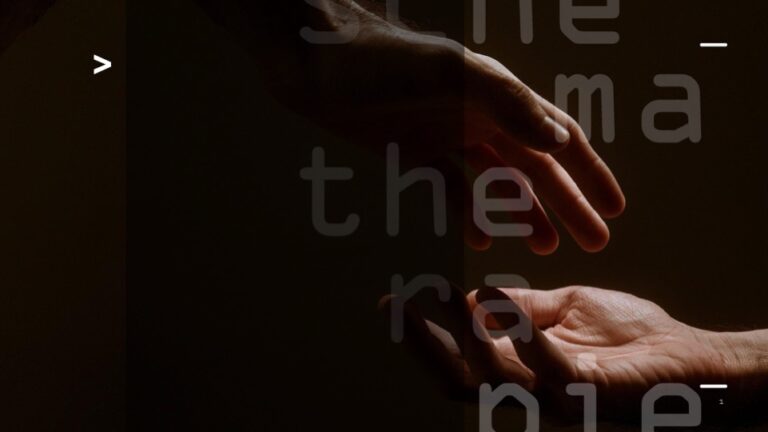
2. The therapeutic relationship: limited reparenting
Schema therapy uses a warm, involved therapeutic relationship. The therapist acts as a ‘healthy parent’ within professional boundaries and offers the client new experiences that can help heal old pain. This is also known as limited reparenting. The therapist personally addresses the client’s unmet needs, offers care and guidance, but also confronts them in an empathetic manner and sets boundaries when necessary. In the initial phase of therapy, the therapist’s role resembles that of a parent of a young child, hence the term ‘limited reparenting’. This role changes from being more directive to more coaching in the middle phase of therapy, and more autonomy-giving at the end of therapy.
3. Integration of cognitive, behavioral, and emotion-focused techniques
Schema therapy combines insights from different forms of therapy and uses evidence-based techniques as much as possible. Emotion-focused techniques in particular make the therapy powerful. For example, through:
Imagery rescripting (ImRs):
ImRs is a technique in which (the course of) visualised traumatic events are rewritten. By vividly imagining this altered course of events, corrective emotional experiences are generated that can lead to a reduction in symptoms. ImRs is a proven effective treatment for various psychological complaints. Three meta-analyses (Morina et al, 2017; Kip et al, 2023; Kroener et al, 2023) show that ImRs is a promising treatment for various other disorders, such as anxiety and obsessive-compulsive disorders (Strachan et al, 2020). For more information about this technique, see www.imrsl.nl.
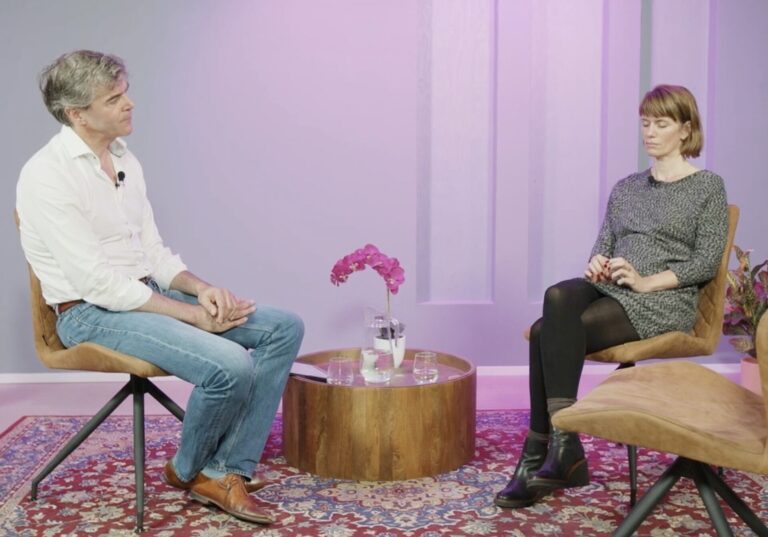
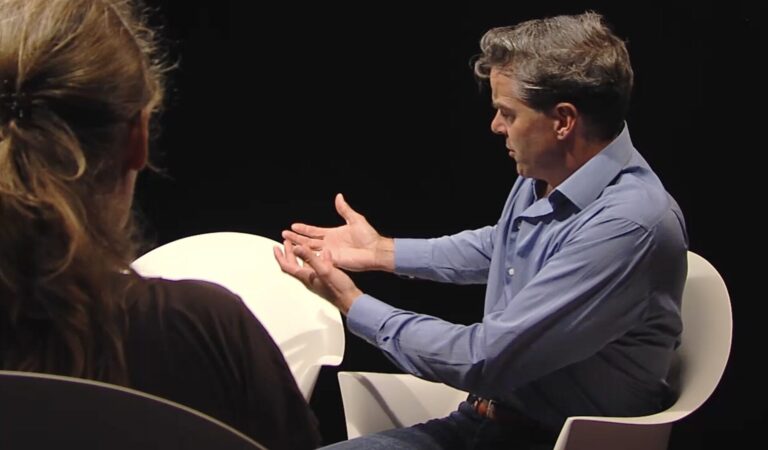
Chairwork
Another commonly used technique is the chair technique, in which chairs are used to represent the different modes. The client gives a voice to one of the modes on a chair. By then standing up from that chair, the client distances themselves from that mode, both physically and emotionally. With that distance, the modes can be worked on; negotiating with protective coping modes, contradicting the critical modes, and validating and reinforcing the healthy modes.
Treatment goals
The treatment aims to:
- Recognize and fulfill the needs of the Child;
- Reduce the Critical aspects (inner voice that judges, rejects, or demands);
- Make coping strategies such as avoidance or reversal less necessary;
- Strengthen the Healthy Adult so that the client can take control of dealing with emotions, relationships, and choices.
Phases of therapy
The treatment has a clear structure consisting of three phases:
1. Initial phase
Focus on becoming familiar with the model, understanding schemas and modes, and gaining corrective emotional experiences with the use of emotion focused techniques such as imagery rescripting and chairwork.
2. Middle phase
The client actively learns to try out new behaviors within the safety of the therapy room, strengthen the Healthy Adult, and take more control of their daily life. The therapist supports them in this more as a coach then the guiding role from the initial phase of therapy.
3. Final phase
The client independently applies the insights they have learned in their daily life, makes important choices, and takes sustainable steps toward recovery. The therapist provides support from the sidelines.
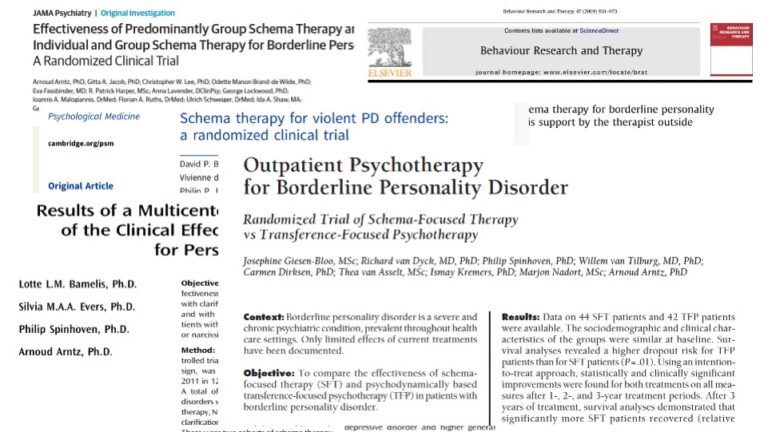
Effectiveness of schema therapy
Schema therapy has proven itself over the past decades as a powerful and effective form of treatment, particularly for personality disorders. Research shows that schema therapy in an individual setting is particularly effective in the treatment of borderline personality disorder (Giesen-Bloo et al., 2006; Nadort et al., 2009). Strong results have also been found for this target group in group settings (Arntz et al., 2022).
In addition, research shows that schema therapy is effective for clients with cluster C personality disorders (Bamelis et al., 2014) and depressive disorders (Renner et al., 2016). Furthermore, there are promising indications that schema therapy can also be used for therapy-resistant anxiety and obsessive-compulsive disorders (Woelk, Landkroon, Raes, Engelhard, Hagenaars & Krans, submitted) and eating disorders (Simpson et al., 2010).
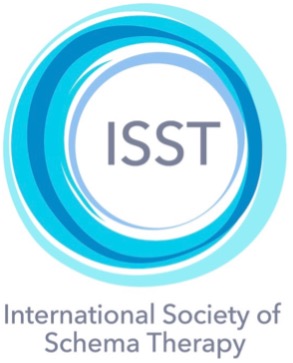
Training as a schema therapist
To become a certified schema therapist, you need to be registered by the International Society for Schema Therapy (ISST) Some countries have their own national society for schema therapy, e.g. the Netherlands (VSt). You can find a detailed description of the certification requirements by the ISST on their website. In short, the requirements are:
- A Master’s degree in psychology and certification to provide therapy in the country where you reside
- 40 hours of ISST-accredited training
- 40 hours of supervision
- Sufficient work experience


